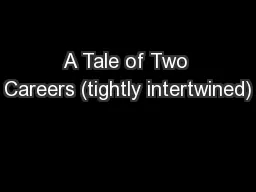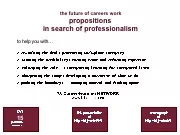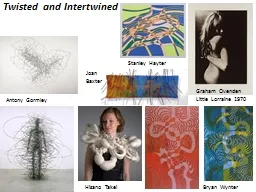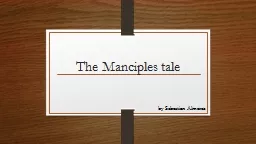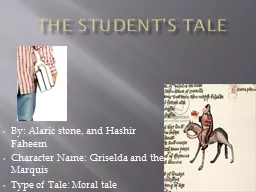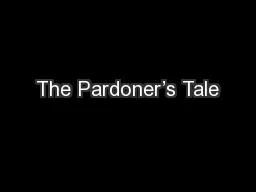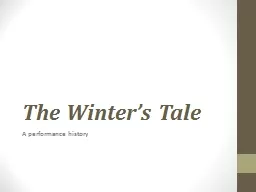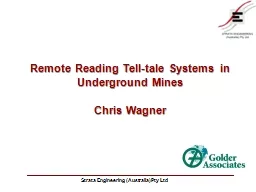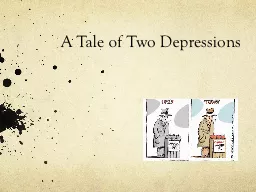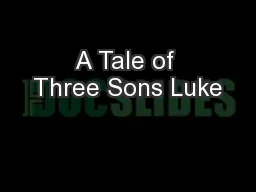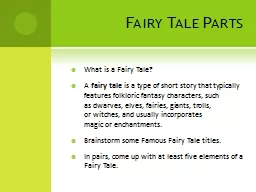PPT-A Tale of Two Careers (tightly intertwined)
Author : danika-pritchard | Published Date : 2018-11-04
Andrew J Viterbi Presidential Chair Professor of Electrical Engineering University of Southern California September 25 2017 Careers Timeline JPLUSC 19571963 UCLA
Presentation Embed Code
Download Presentation
Download Presentation The PPT/PDF document "A Tale of Two Careers (tightly intertwin..." is the property of its rightful owner. Permission is granted to download and print the materials on this website for personal, non-commercial use only, and to display it on your personal computer provided you do not modify the materials and that you retain all copyright notices contained in the materials. By downloading content from our website, you accept the terms of this agreement.
A Tale of Two Careers (tightly intertwined): Transcript
Download Rules Of Document
"A Tale of Two Careers (tightly intertwined)"The content belongs to its owner. You may download and print it for personal use, without modification, and keep all copyright notices. By downloading, you agree to these terms.
Related Documents

